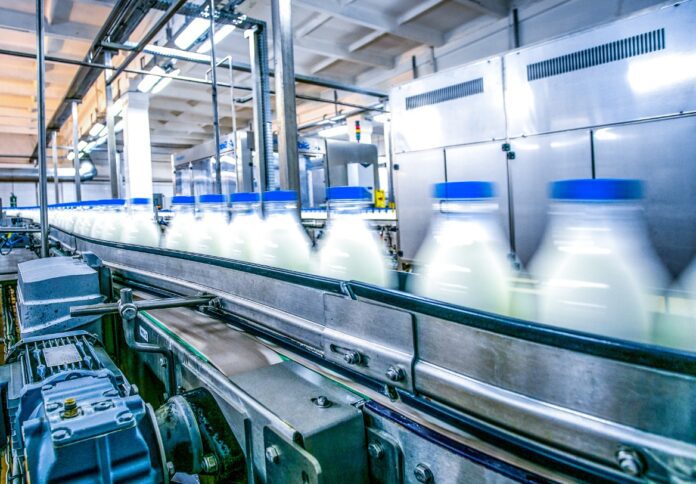
Australian milk production is expected to decline again this season even as global supply continues to expand, according to new research from Rabobank.
In its latest Global Dairy Quarterly report, Rabobank’s RaboResearch division forecast Australian milk output to fall by 1.7 per cent in the 2025/26 season, bringing total production to 8.05 billion litres.
This follows a 0.7 per cent year-on-year decline in 2024/25, when national output dropped by 61 million litres to 8.315 billion litres.
RaboResearch senior dairy analyst Michael Harvey said the contraction reflected ongoing drought conditions and feed shortages, particularly in south-east Australia.
“This included the western districts of Victoria, where production dropped more than five per cent,” he said. “Unfavourable conditions also dragged production lower in eastern Victoria and Tasmania.”
The report noted that July production, marking the start of the 2025/26 season, was already down four per cent. While rainfall improved in many regions in July, Rabobank said soil moisture remained limited and feed shortages were expected to persist.
“Positively, though, above-average rainfall is forecast by the Bureau of Meteorology across many regions over the next three months,” Harvey said.
High feed costs remain a major challenge. “Very high hay prices are the main pressure point for dairy farmers in local feed markets,” Harvey said.
“Strong demand for supplementary feed to bridge winter feed gaps, combined with limited supply, has pushed hay prices higher in 2025. And prices are expected to remain at higher levels for some time.”
According to Rabobank, farmgate milk prices for 2025/26 are locked in at stronger levels than last season, with prices across the southern export region around 10 per cent higher than the previous year, at AUD 9.00/kgMS or more.
Exports were a bright spot, with Australia recording a 1.5 per cent increase in export volumes and a 12 per cent rise in export values in 2024/25. Butter exports surged by 34.6 per cent, while exports of skim milk powder, whole milk powder and cheddar cheese also posted strong double-digit gains.
“In addition, Australian cheddar cheese exports increased 26.4 per cent last season, reaching 30,639 metric tonnes,” Harvey said.
Domestic demand, however, has softened, with Australian consumption of drinking milk falling 1.8 per cent in 2024/25 to 2.34 billion litres. Retail prices are edging higher again following two quarters of deflation, the report said.
Globally, Rabobank noted milk production is rising across the major dairy-exporting regions. Supply from the “Big 7” exporters – New Zealand, the EU, Argentina, Uruguay, Brazil, the US and Australia – is forecast to increase 1.8 per cent year-on-year in the second half of 2025 before easing to 1.1 per cent growth in 2026. The growth is being driven by improved farm margins, recovery from animal disease outbreaks and favourable weather.
In the US, milk production in July rose 3.4 per cent year-on-year, marking the strongest growth since 2021, while New Zealand posted a record start to its season.
Meanwhile, China, a key dairy importer, continues to face weak demand, with only mixed recovery signs in South-East Asia. “Globally, weak consumer confidence, particularly among low and middle-income earners, continues to weigh on discretionary spending,” Harvey said. “The ongoing sluggish demand is evident across many food service channels.”
Rabobank noted that trade negotiations have shown some progress, including an extension of the US-China trade truce and new EU import quota arrangements. However, the bank said the impact on global trade flows remained uncertain.
Looking ahead, Rabobank cautioned that weather events such as La Niña could affect southern hemisphere production, with the risk of excessive rainfall in Australia and drier conditions in South America. “Going forward the global market appears well supplied,” Harvey said.
“If demand picks up gradually, it should be enough to counter the volume without overwhelming the market, although we could still see some downside pressure on prices in the short term.”


















